- Location
- Waterloo Region, ON
So I got a new rifle!
Not too long ago I had a Mauser k98 I posted about and got lots of great helpful responses, feedback on it and learned a lot. I am out for the same thing again as I have another rifle I know little about besides the model. It's a Lee Enfield No.1 MK3. Just looking to learn all I can about it. Origin, history, notable attributes from production or in the field and of course value.
I will add many pictures to get the best assessment I can on it I hope it isn't too much!
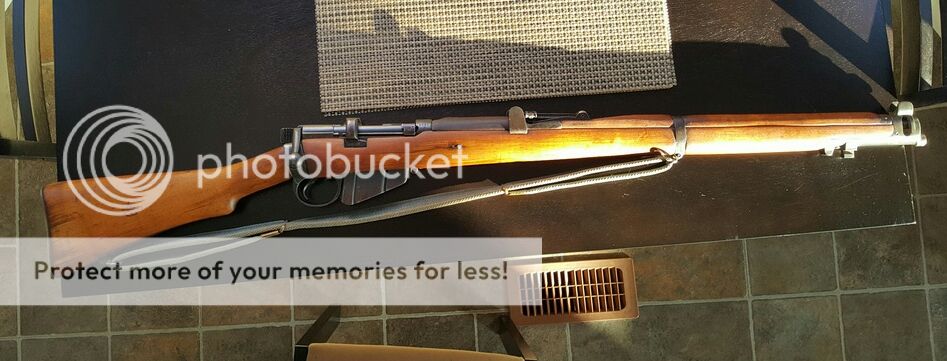
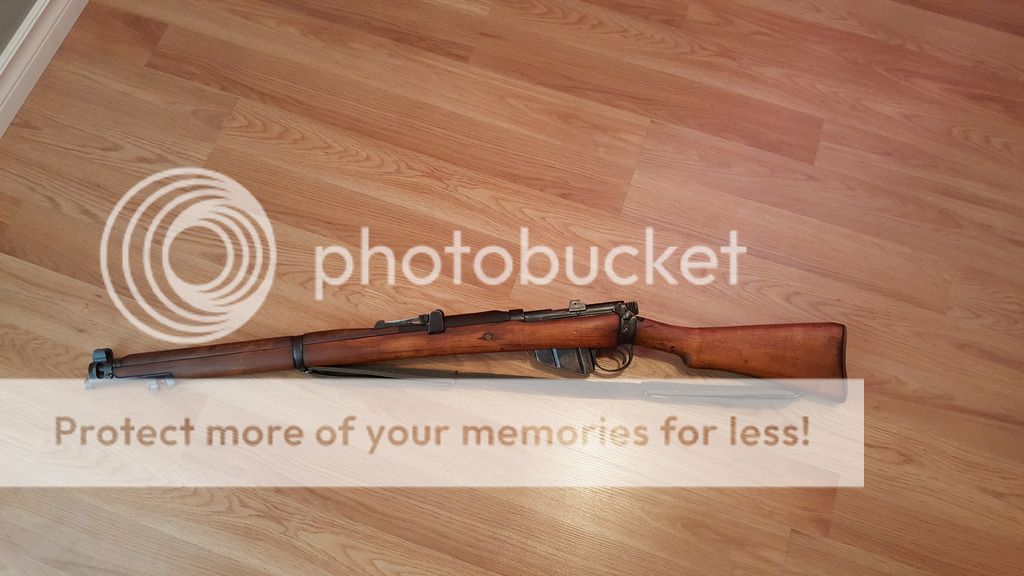
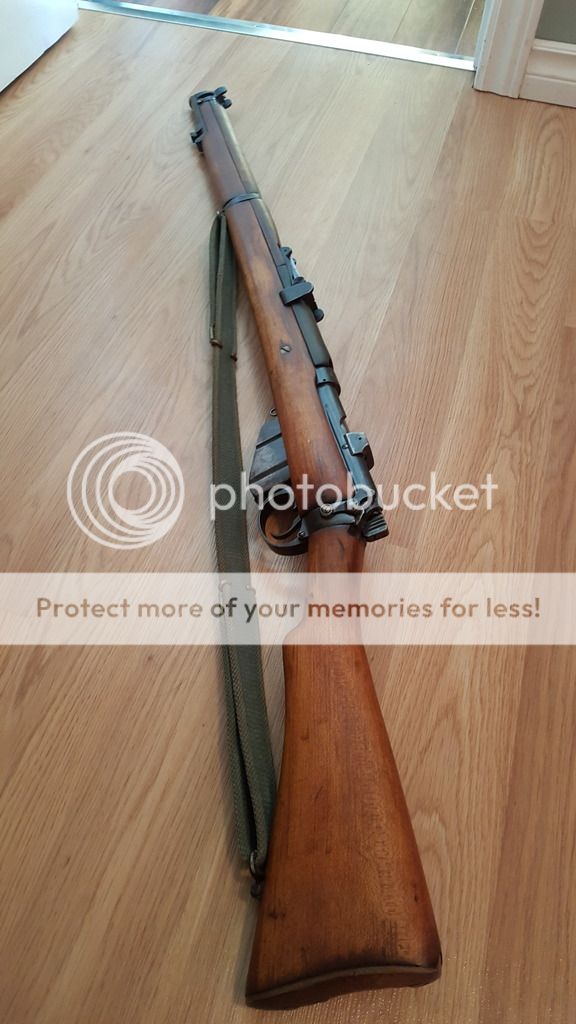
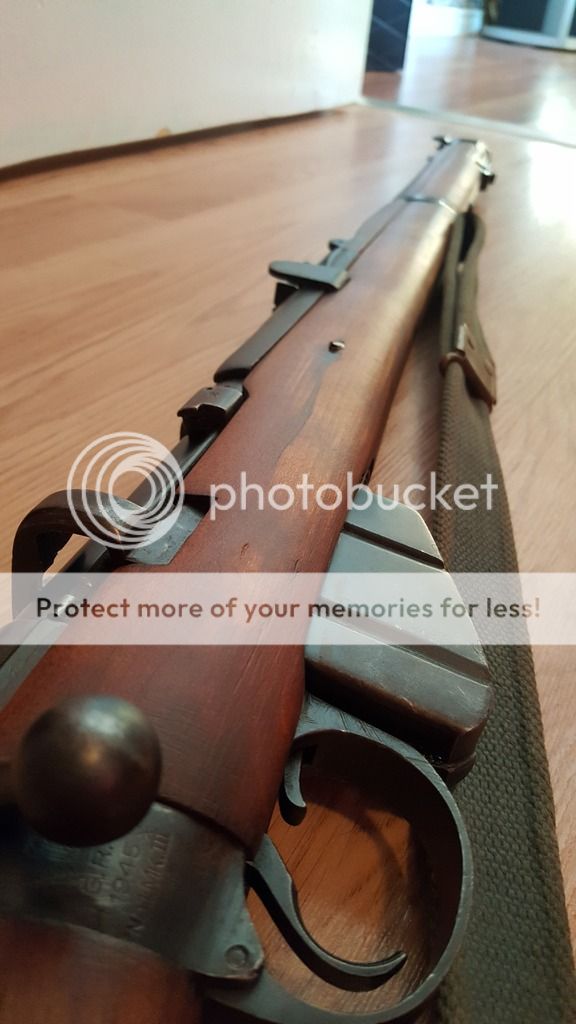
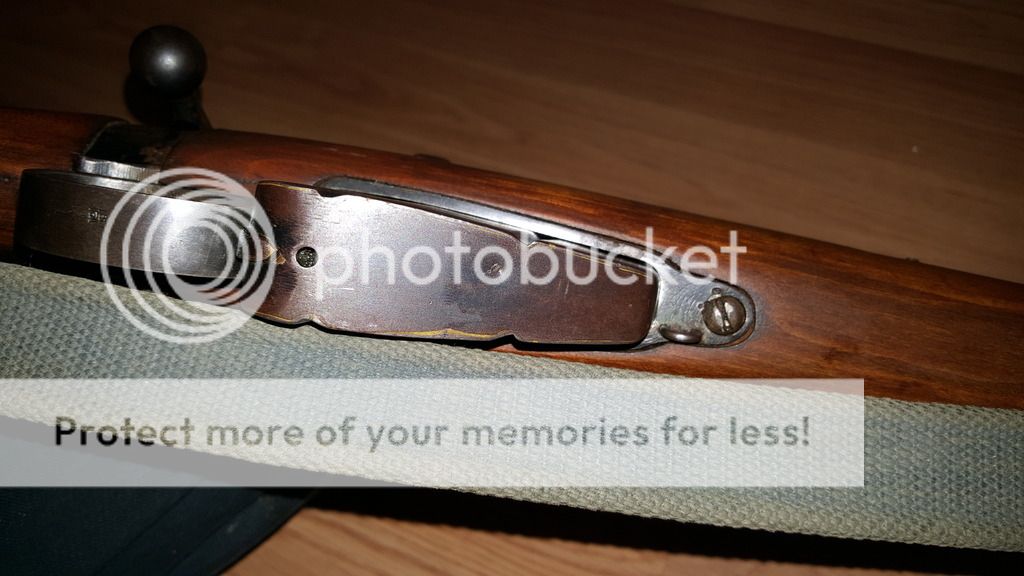
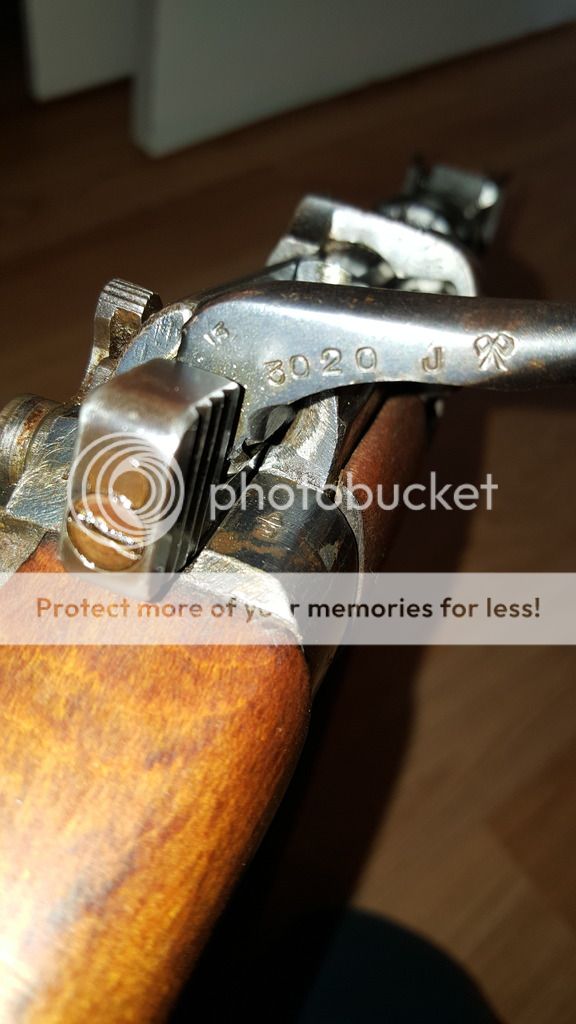
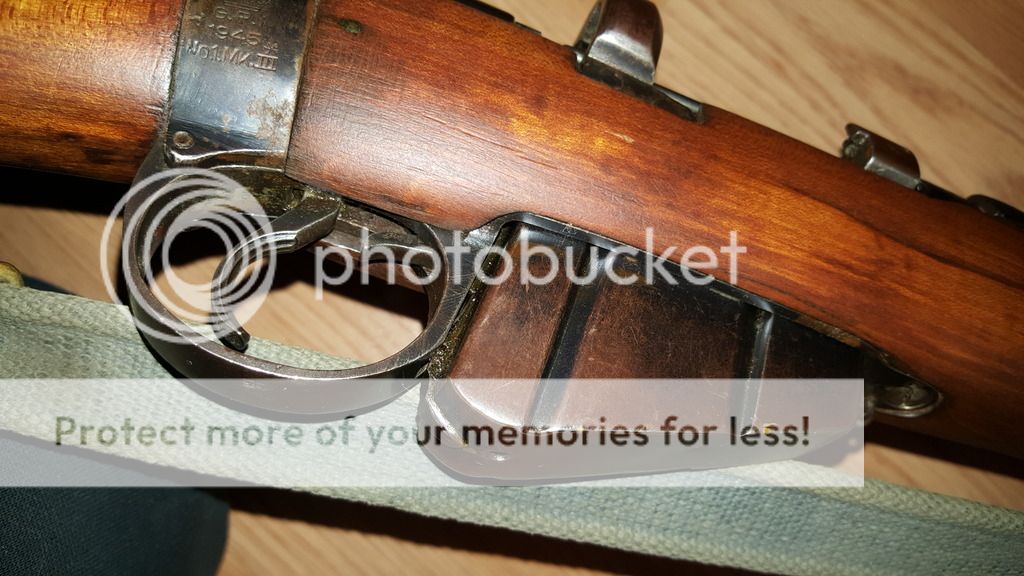
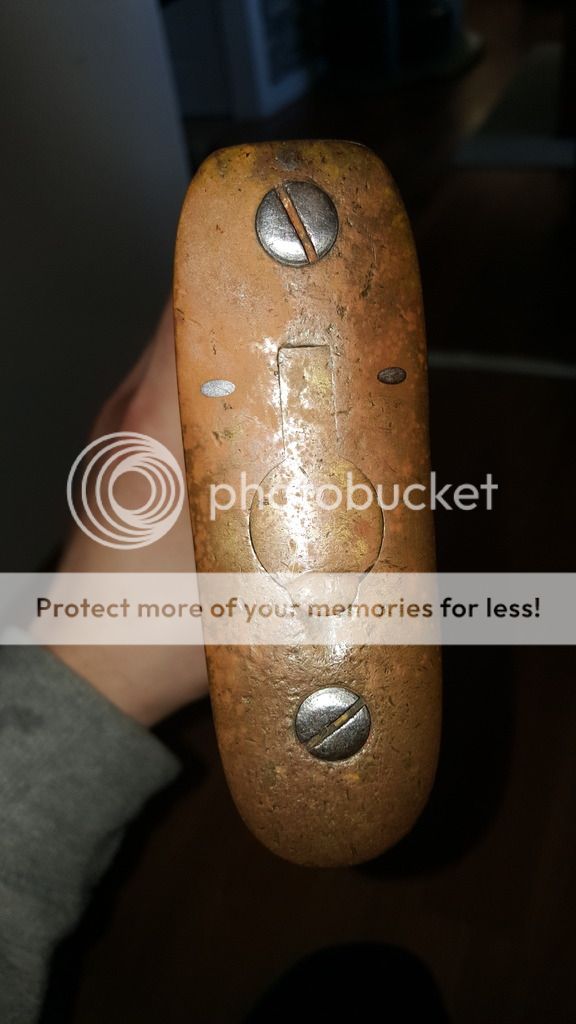
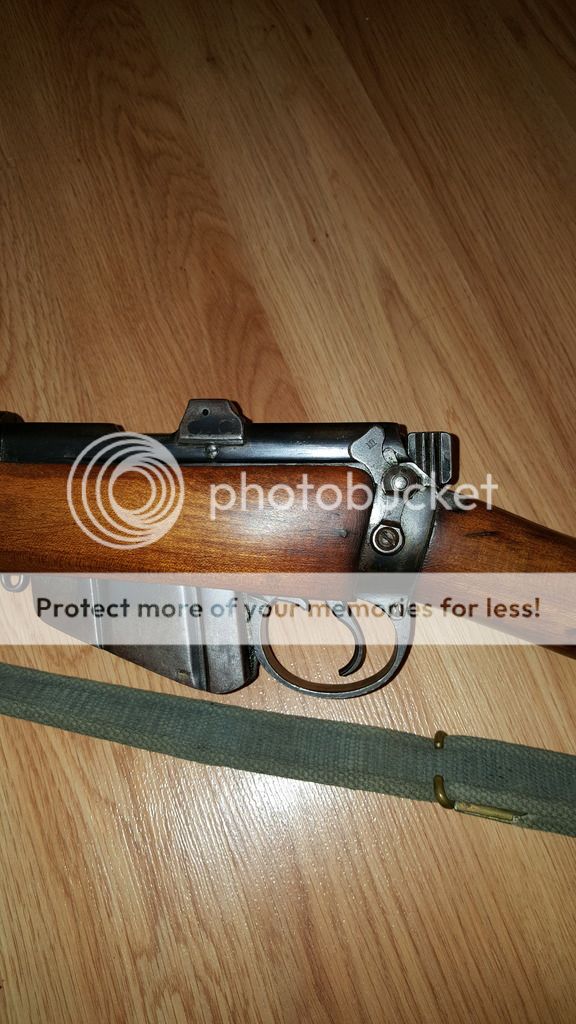
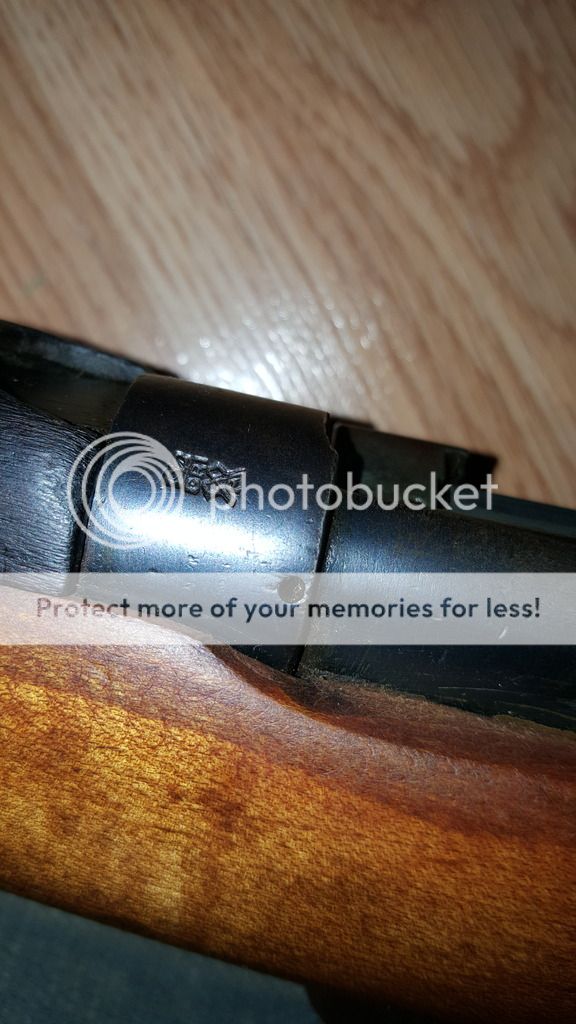
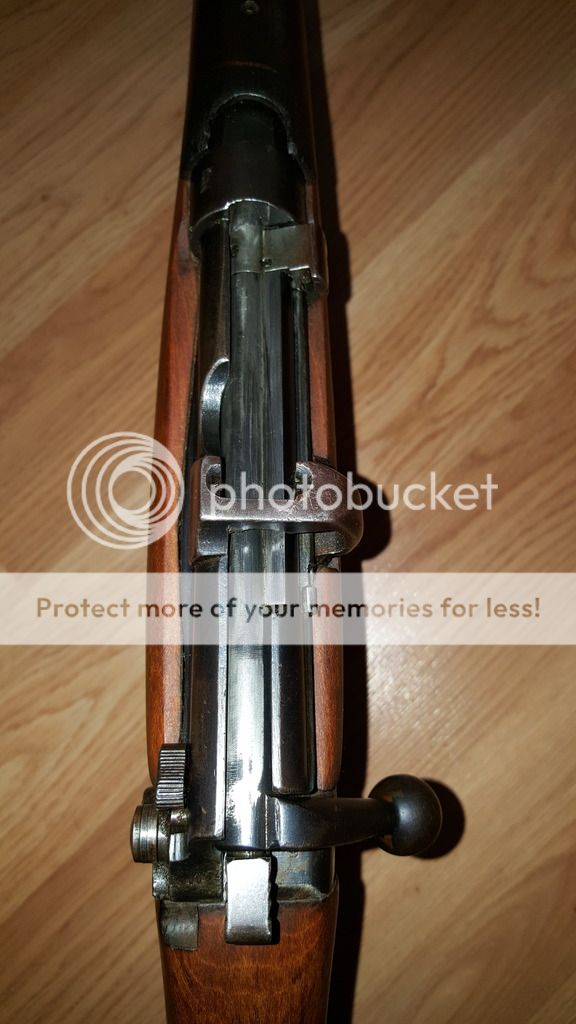
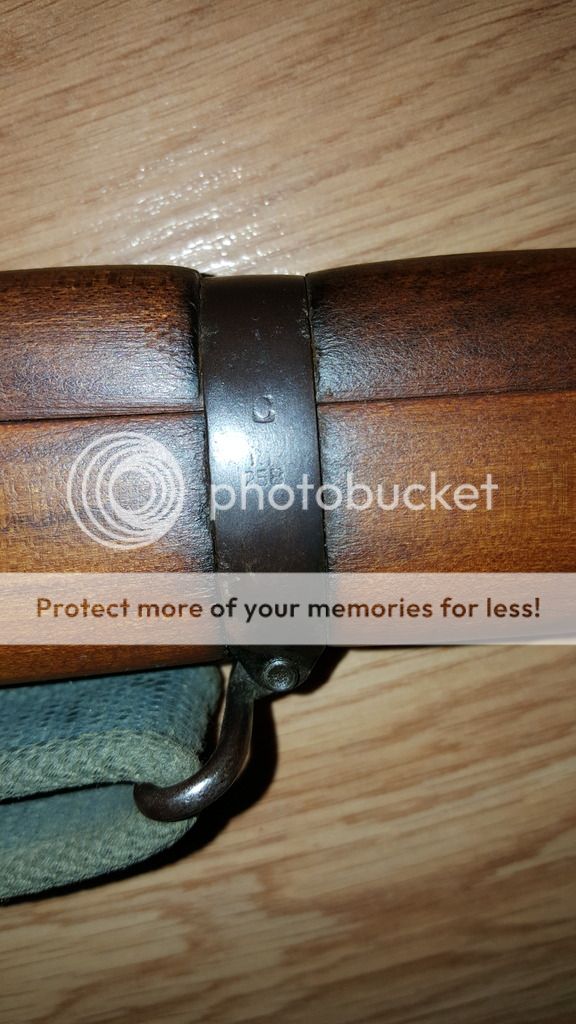
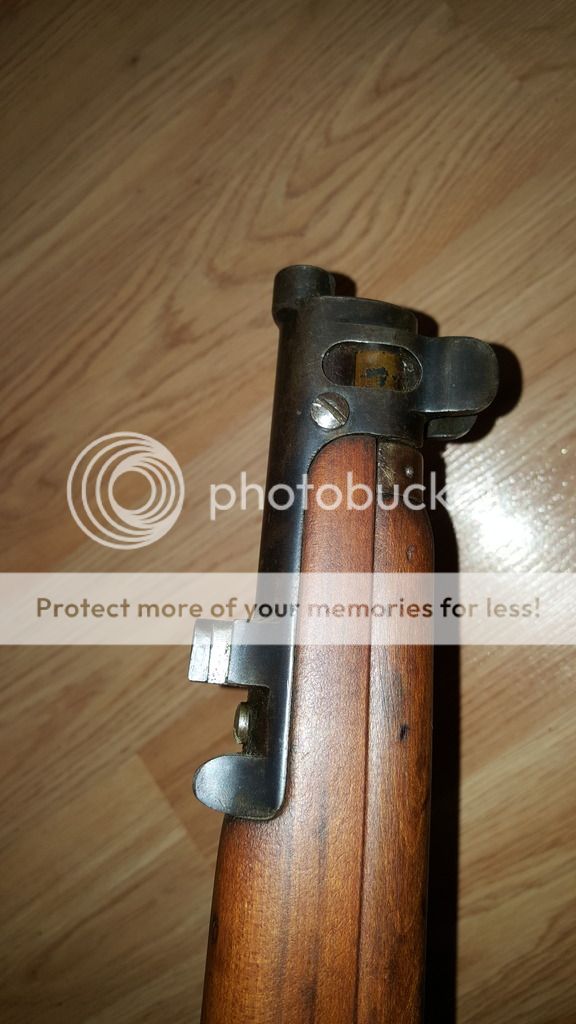
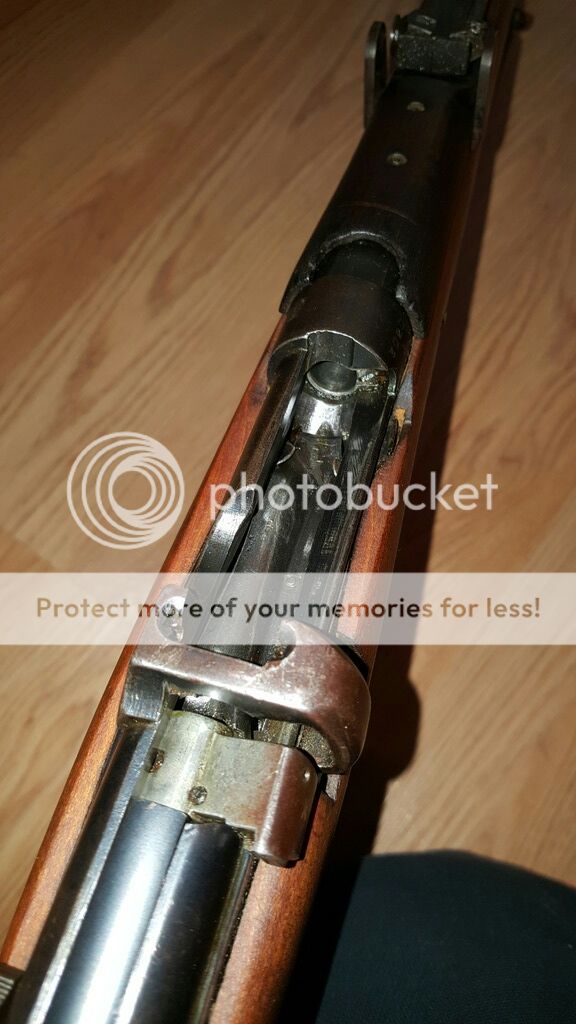
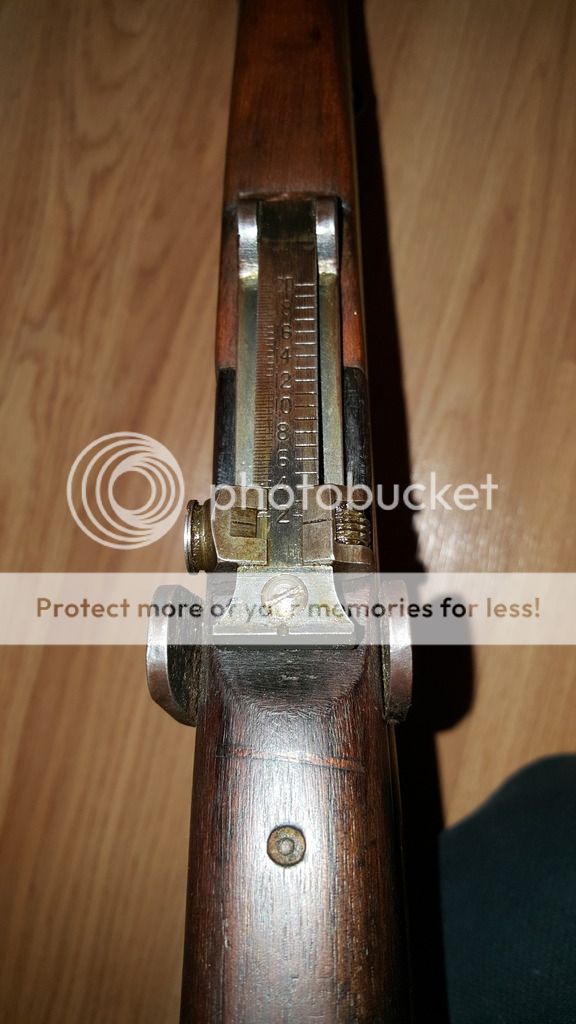
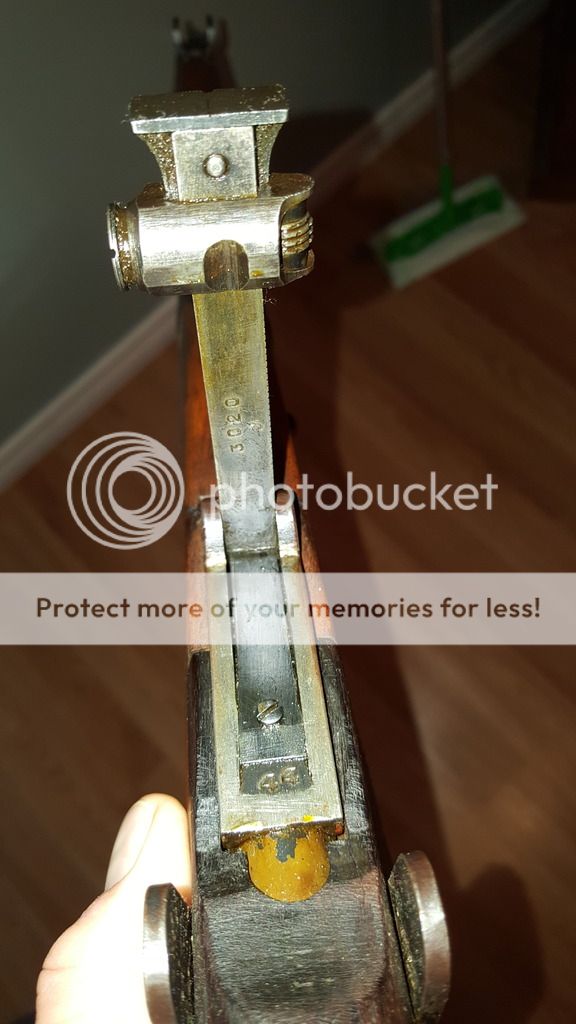
Curious about this bolt going through the middle of the stock. On the other side it appears to have been grinder off. Here's the bolt head
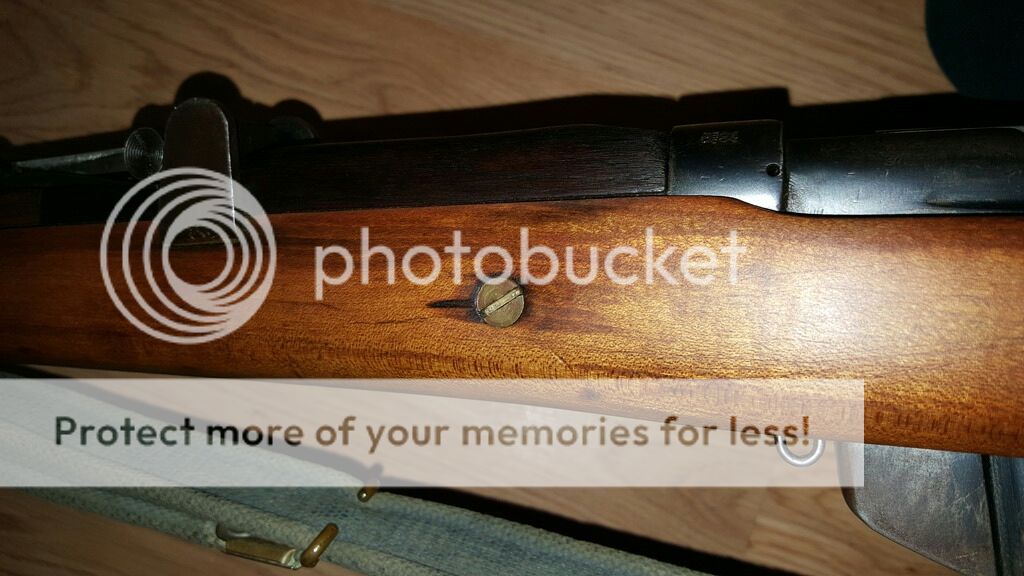
And here's the grinder end..
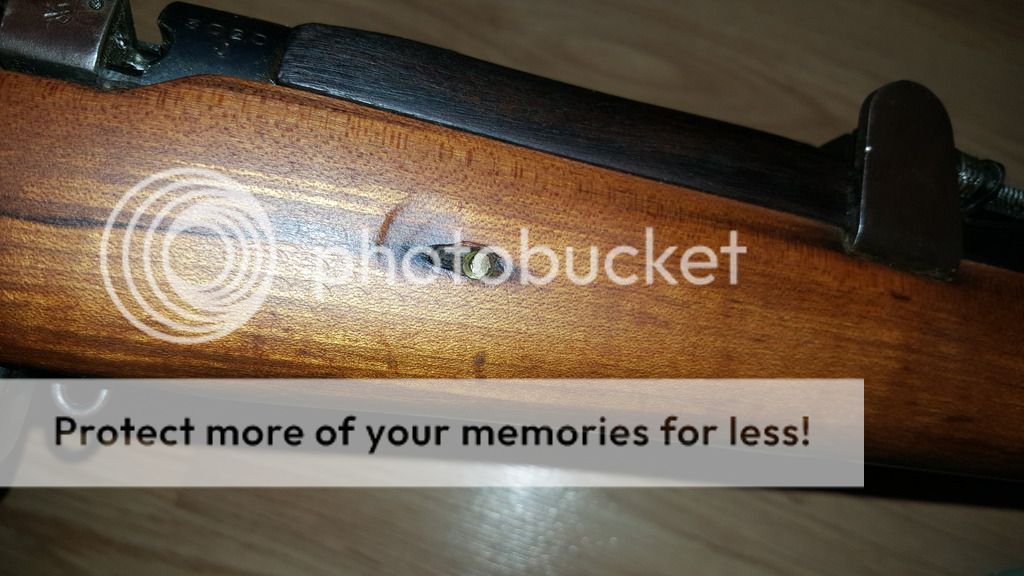
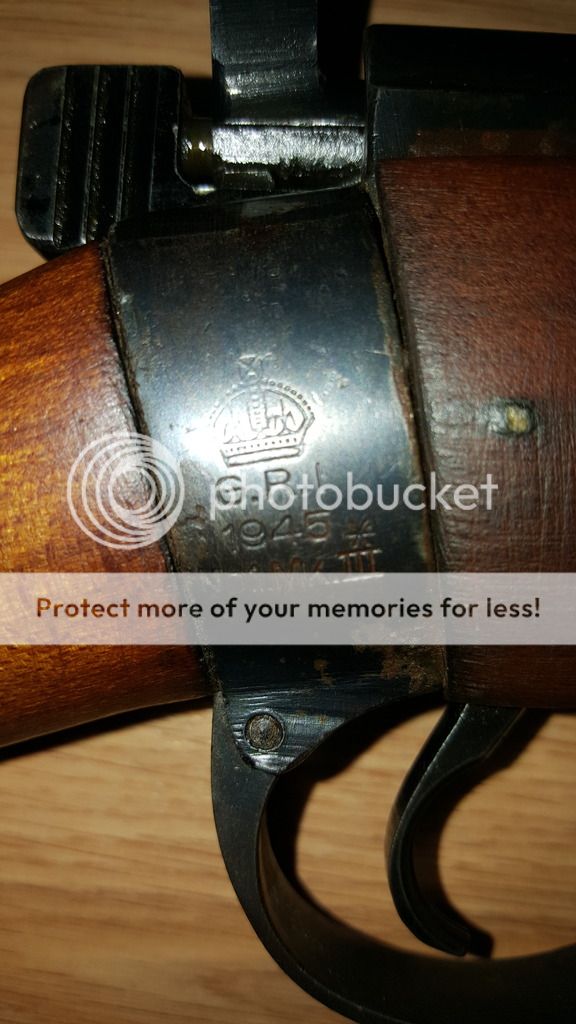
Thanks for the help everyone I really appreciate it and look forward to learning more about this beauty!
Not too long ago I had a Mauser k98 I posted about and got lots of great helpful responses, feedback on it and learned a lot. I am out for the same thing again as I have another rifle I know little about besides the model. It's a Lee Enfield No.1 MK3. Just looking to learn all I can about it. Origin, history, notable attributes from production or in the field and of course value.
I will add many pictures to get the best assessment I can on it I hope it isn't too much!
















Curious about this bolt going through the middle of the stock. On the other side it appears to have been grinder off. Here's the bolt head

And here's the grinder end..


Thanks for the help everyone I really appreciate it and look forward to learning more about this beauty!
Last edited:






































































